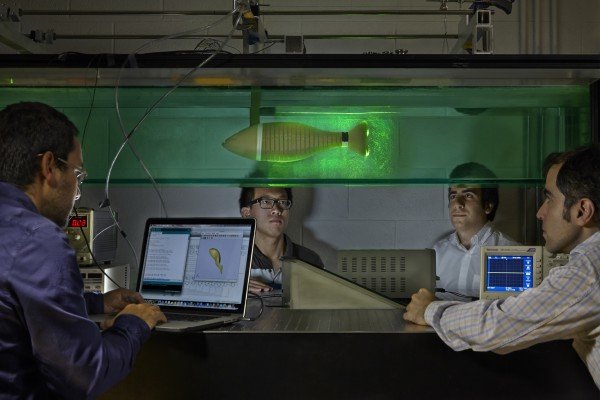“As a research scientist focused on developing therapeutics, I have always been interested in applying my inventions for cancer therapy. My professional and personal lives converged several years ago when my mom was diagnosed with breast cancer. This event has decisively altered the trajectory of my career.”
Suh’s family emigrated from Seoul, South Korea to the small, remote city of Bethel, Alaska in 1984, which happens to be about the same time that gene therapy started establishing a foothold in the minds of medical scientists.
At the time, Suh was eight and dreamed of becoming a doctor. The thought of becoming a scientist came much later, she admitted. “I always knew I wanted to do something to impact human health. But it wasn’t until a summer internship during college in a wound-care product development division that I realized I wanted to create my own devices. To do that, I needed to get smarter.”
After matriculating from MIT in 1999 with a B.S. in chemical engineering, Suh embraced graduate research in the pursuit of a doctorate in biomedical engineering at the Johns Hopkins University School of Medicine. Working in the laboratory of Professor Justin Hanes, one of the country’s leaders in synthetic nanotherapeutics, she learned to design and test nanoscale technologies.
“A large part my investigations focused on the intracellular transport of synthetic nanoparticles and how they work across length scales,” Suh said. Upon the completion of her Ph.D. in 2004, Suh said she was at a crossroads and looking for methods to better control the properties of synthetic nanoparticles. “I knew I had to learn to emulate Nature’s nanoparticle – the virus.”
The idea set her on a path. Supported by funding from the National Institutes of Health, Suh began work at the Salk Institute for Biological Studies’ Laboratory of Genetics where she conducted basic research in Professor Matthew Weitzman’s laboratory. There she looked at how viruses manipulate human cells and thought about how they can be engineered for biomedical use.
Viruses are small supramolecular assemblies. They contain nucleic acid, DNA or RNA, and are enclosed in a protein shell, or capsid. Their parasitic nature dictates they can only replicate by entering a cell’s nucleus and unloading their genetic cargo. Suh said the Salk experience began answering many of her questions about viruses, “such as how they navigate through the dense cytoplasm and gain access to the cell’s nucleus, unpack their genetic information, and use the host cellular environment to replicate.”
When Suh joined Rice’s bioengineering program in 2007, she decided to combine her newly gained knowledge of viruses with engineering design principles to invent new virus-based nanotechnologies for cancer detection and treatment.
“At the time my mom was diagnosed, I was expecting my first child. Cancer became this real thing when I realized there is a possibility she won’t get the chance to watch my son grow up. Today, the terrifying fear of hearing the words ‘metastatic cancer’ is what drives me,” said Suh.
Compared to non-viral gene delivery technologies, Suh said virus nanoparticles have several unique advantages. “The virus structures we work with are highly defined. They are always 25 nanometers in diameter, and they have the same size, shape, and mass. Importantly, the properties of virus nanoparticles can be manipulated very specifically through genetic and protein engineering. This key feature gives us really great tools to program new functionalities into the nanoparticle platform and opens the door to implementing some very creative strategies to seek out and kill tumor cells.”
Through the support of a U.S. Department of Defense Breast Cancer Research Program Concept Award and a National Science Foundation CAREER Award, Suh is programming virus nanoparticles to travel through the circulatory system in a locked, inert configuration until they come across metastatic cancer sites. Unique biomarkers present in the tumor microenvironment activate the nanoparticles, enabling them to bind and kill cancer cells.
To translate these novel technologies, Suh has initiated inter-institutional collaborative projects with Anil Sood, M.D. and Mien-Chie Hung, Ph.D., both at the University of Texas MD Anderson Cancer Center. The projects are aimed at delivering DNA-based therapeutics to either kill tumor cells or to make them more sensitive to the toxic effects of chemotherapeutics.
“There has to be a better way to treat breast cancer,” said Suh. “Of course, I cannot find the answers alone. I strongly believe in working synergistically with scientists with different perspectives, and I strive very hard to train young minds to think outside the box to find design solutions. Our collective goal is that one day, all women can become cancer survivors.”
Source: Rice Bioengineering Department By Shawn Hutchins






